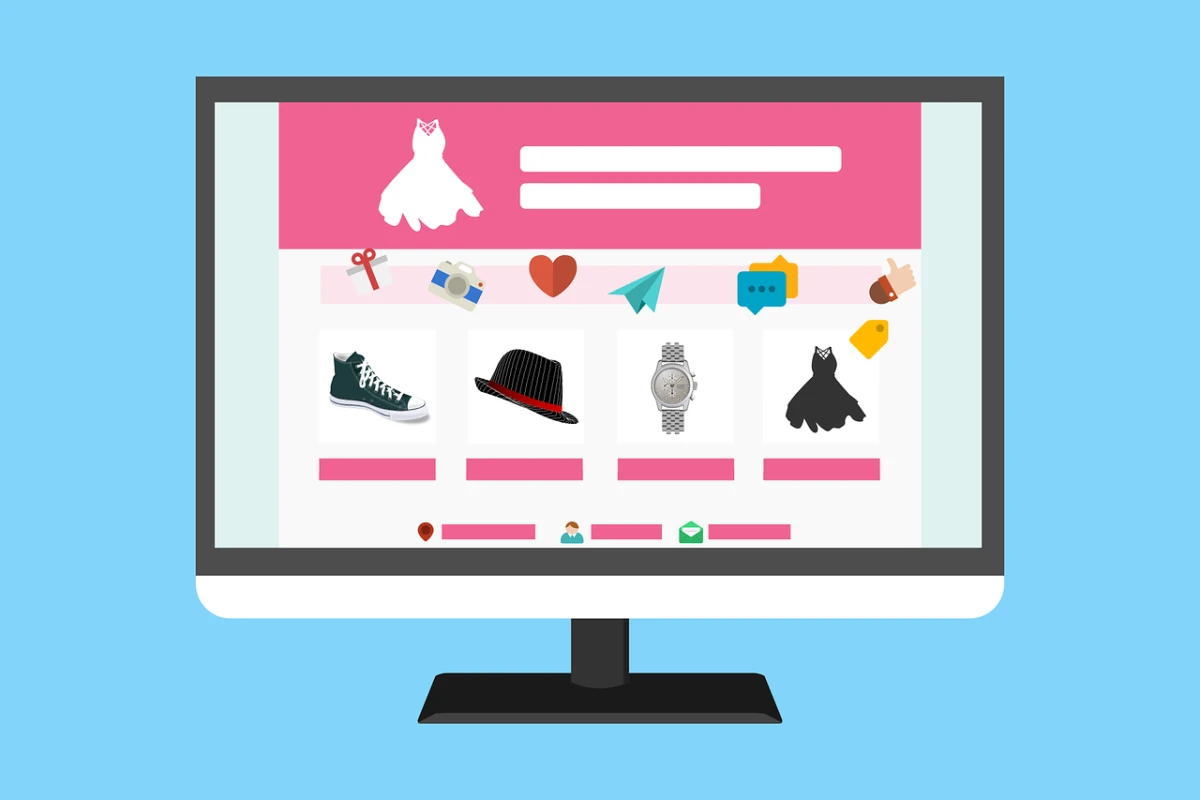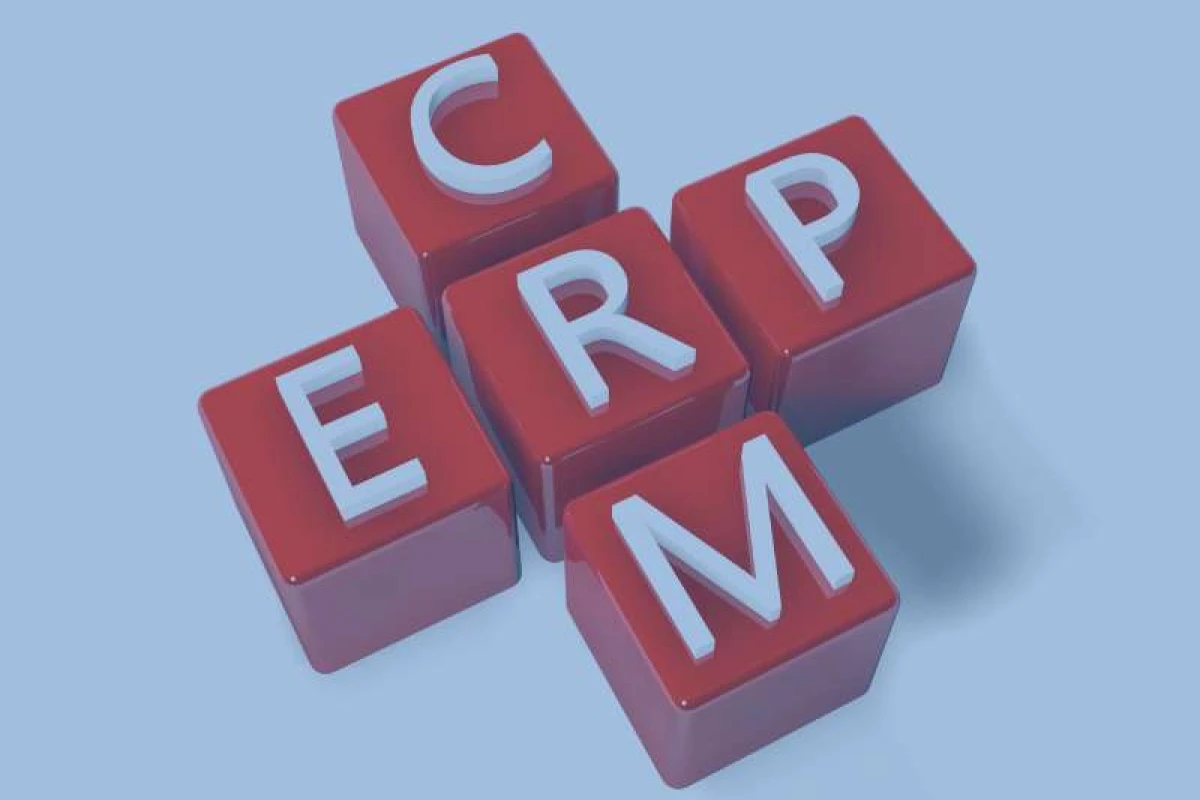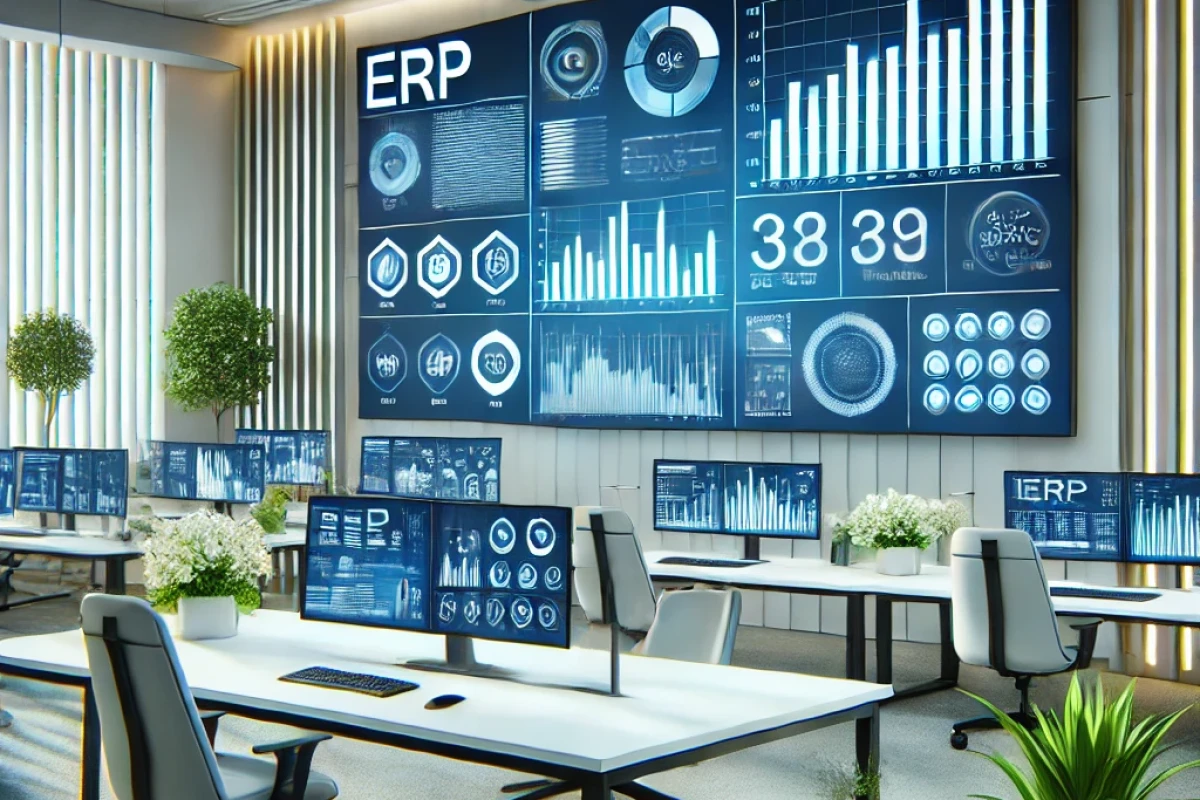
Creating a Modern Admin Panel for an Online Store
If you dream of your own online store, you’ll need a professional admin panel. It’s like the secret headquarters for your business, where you’ll manage all processes, make decisions, and possibly drink a lot of coffee. Let’s explore which metrics to consider when creating it using Laravel!
Specifics of Online Store Operations
Before diving into the metrics, it’s important to mention the specifics of running an online store. The main goal is to sell products and services while ensuring convenience for customers. You need to monitor orders, inventory, finances, and of course, not forget about your customers. If you don’t know what you have in stock, that definitely won’t bring happiness to your business!
Key Metrics for the Admin Panel
Product Management:
- Product List: Easy access to all products with the ability to edit, add new ones, and remove unnecessary items.
- Categories: The ability to create, edit, and delete categories. This is like organizing your virtual warehouse — without this, you’ll just get lost among the products!
Order Management:
- Order Status: The ability to view statuses (in process, delivered, canceled). If your customers don’t know where their order is, it can lead to panic — and you don’t need that!
- Order History: Important to have access to history to understand what sells best.
Sales Analysis:
- Reports: Creating sales reports for different periods. This is like your personal financial detective!
- Bestsellers: Knowing which products are in highest demand so they don’t run out at the worst moment.
Customer Management:
- Customer Database: Ability to view information about customers, their orders, and preferences. This will help you understand who your most loyal fans are (maybe it’s worth sending them a gift?).
- Feedback: Important to have the ability to collect feedback from customers and respond to it.
Recommendations for Panel Creation
- Simplicity of the Interface: The interface should be clear and user-friendly. If your employees look at the admin panel with fear, something might have gone wrong.
- Responsiveness: The panel should be responsive, so it’s easy to use on different devices — from laptops to smartphones. Nowadays, everyone loves to work on mobile!
- Security: Don’t forget about security. Add two-factor authentication so that intruders can’t “break into” your store. Protect your data like your grandmother’s secret recipe!
Integration with Other Systems
- Payment Systems: Your panel should integrate with popular payment systems (PayPal, Stripe, etc.) so that customers can pay easily.
- Delivery Systems: Integration with courier services will automate the delivery process and reduce the risk of errors.
- CRM Systems: If you want a complete picture of your customers and their interactions, a CRM system will be useful. It helps to better understand your buyers' needs.
Conclusion
Creating a modern admin panel for an online store is not just a technical process; it’s a true art. By considering key metrics, the specifics of operations, and integration with other systems, you can create a powerful tool for managing your business. And remember: while the panel is a serious thing, a little humor never hurts — after all, business, like life, should be interesting!

CRM and ERP: What’s the Difference?
